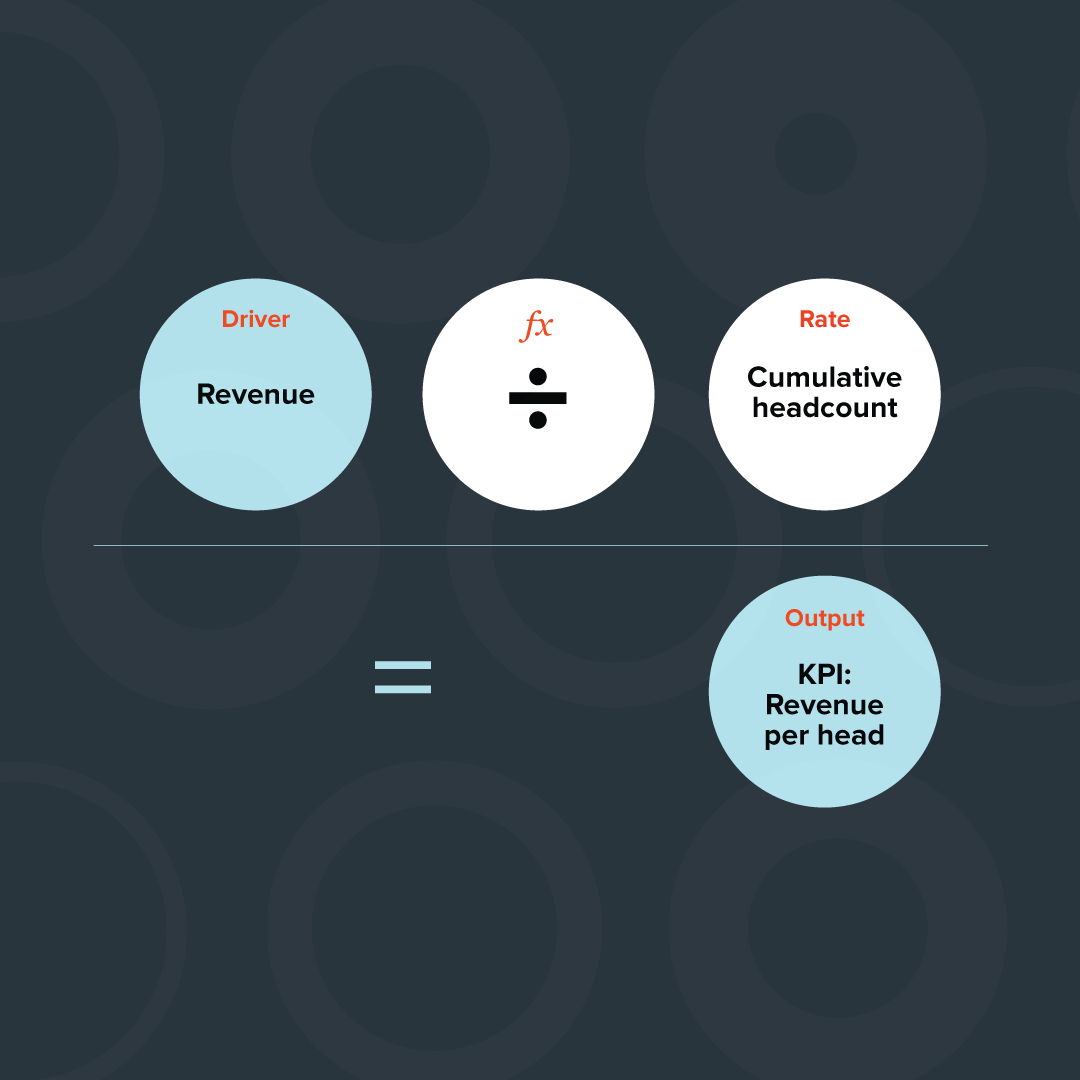In today's fast-paced and evolving business landscape, successful CFOs and FP&A teams understand the vital role and challenge played by workforce planning for their business; this is because staffing costs can account for as much as 60 - 70% of a company’s expenses. It serves as the foundation for aligning strategic goals and has become more increasingly important as companies strive to remain competitive and maintain profitability.
Workforce planning not only enables CFOs to optimize their business operational efficiency, but it also allows them to make data-driven decisions to ensure long-term success.
In this article, we take a deeper dive into the importance of workforce planning - what it is, its benefits, and how Jirav has changed the game.
- What is workforce planning?
- The Benefits of Workforce Planning for CFOs
- Jirav - Revolutionizing Workforce Planning for CFOs
What is workforce planning?
Workforce planning is the process of aligning a company’s workforce with its strategic goals and objectives. This includes analyzing current and future workforce needs, identifying gaps and skill shortages, and implementing strategies to address these gaps.
In industries such as healthcare, manufacturing, and SaaS, workforce planning is becoming particularly critical as compances face high turnover rates, a shortage of specialized skills, and the need to quickly adapt to evolving market demands. As such, CFOs and FP&A teams need to have a comprehensive understanding of their company’s workforce needs and how to effectively manage them.
The Benefits of Workforce Planning for CFOs:
Enhanced Operational Efficiency
By accurately assessing the demand for new talent, CFOs can make informed decisions about recruitment, resource allocation, and skill development.
Workforce planning enables businesses to efficiently scale their operations while avoiding the pitfalls of overstaffing or understaffing.
Strategic Alignment
Workforce planning allows CFOs to align their talent acquisition strategy with the broader business strategy. This strategy ensures that newly hired and current employees are equipped with the necessary skills and resources to achieve the company's long-term goals.
An effective strategy would align with every department and ensure that the workload is manageable for every position. Some examples might be the number of leads a sales rep can manage effectively or how many support tickets can be handled appropriately and in a timely manner by a single support engineer. This alignment ensures overall success for employees and congruency with the company’s goals.
Cost Optimization
By creating a comprehensive workforce plan, CFOs can identify areas where staffing costs can be optimized, including compensation and bonuses, resources and development, and benefits.
By proactively analyzing data on employee productivity, turnover rates, and compensation, CFOs can make informed decisions that enhance cost efficiency without compromising on quality.
Jirav: Revolutionizing Workforce Planning for CFOs:
Jirav has revolutionized workforce planning by allowing CFOs to create detailed plans, including headcount and compensation planning, as well as forecast skills and role requirements.
Jirav’s powerful analytics capabilities also enable FP&A teams to identify trends and patterns in workforce data, providing valuable insights into areas like employee retention and productivity.
What Jirav can do for you:
- Centralize Workforce Data
- Driver Planning
- Scenario Planning and “What-if” Scenarios
Centralize Workforce Data
Jirav's platform integrates with various HR and financial systems - such as Gusto, ADP, Paychex, and Ripplin - allowing CFOs to access and analyze crucial data in a centralized location. This consolidated view provides valuable insights into workforce performance, salaries, and compensation structures.
This also allows CFOs to create a templated plan that includes job titles, salaries, and the number of employees needed and existing in each role. In addition to this plan, CFOs can also track key workforce metrics like turnover rates, employee engagement, and productivity.
By creating this plan, certain areas that require improvement can be identified and addressed with the necessary implementation of new resources and training.
Driver-Based Headcount Planning:
Jirav's advanced forecasting capabilities enable businesses to predict future talent needs accurately. By leveraging historical data and driver-based hires, businesses can identify hiring trends and plan ahead to ensure a seamless hiring process.
For example, a driver can be designed to hire a new customer success manager for every 100 new clients that are acquired. Within the driver, CFOs can associate all the appropriate expenses that come with hiring a new employee. Once the threshold of 100 new clients is reached, the driver will automatically incorporate all the expenses associated with the new hire of the customer success manager.
Being able to plan for future new hires provides CFOs the ability to clearly evaluate business operations and ensure that current and future employees are placed in a position to achieve the company's goals.
“What-if” Scenario Planning
Jirav's powerful scenario planning feature allows CFOs to model various workforce scenarios and assess their impact on their organization’s financials. Teams can experiment and compare different staffing levels, headcount expenses, and growth projections to make the most informed decisions that align with the business' budget and goals.
Jirav makes your different scenarios easy to manage with its flexible design. Being able to adjust various scenarios allows CFOs and FP&A teams to enhance communication within the organization by helping align other leaders and stakeholders around the potential risks and opportunities. Providing this real-time data prepares companies for the potential changes in their industry and ensures organizations can allocate their resources effectively.
Conclusion:
Workforce planning is becoming increasingly more important as industries face a rapidly changing business environment. With Jirav, CFOs can create detailed workforce plans, track key workforce metrics, and make informed decisions about hiring strategies and management. By fully leveraging the power of real-time data, analysis by CFOs and FP&A teams can ensure that their companies workforce plan aligns directly with the goals and objectives of their business. To learn more, book a demo with one of our experts today.
“Jirav helps me understand the impacts of scaling our workforce as we work to scale revenues.” -












